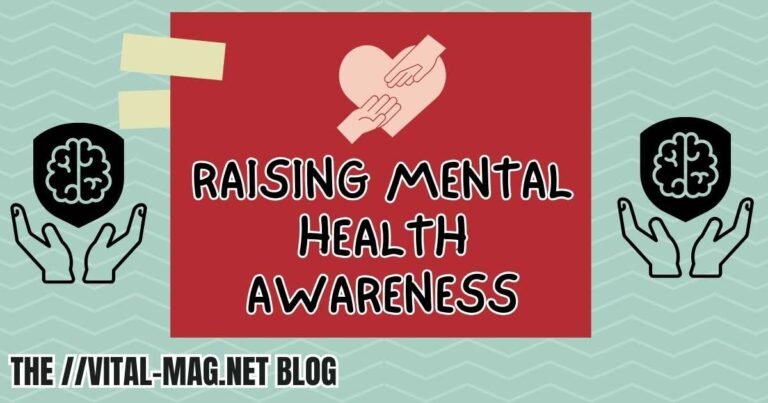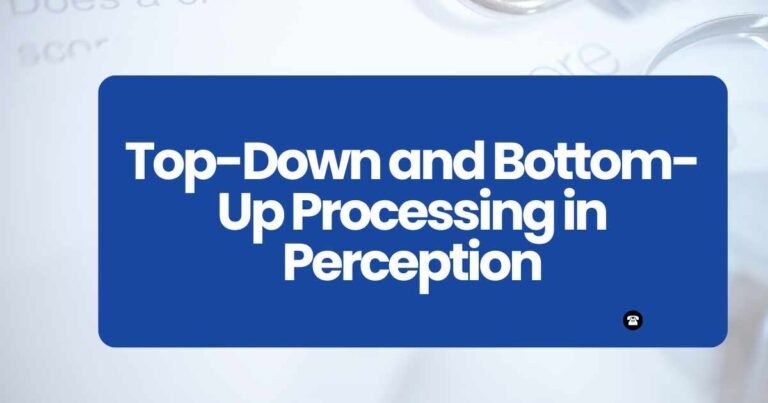Dissociation Explained: Causes, Symptoms & Recovery Tips

Introduction
Have you ever felt like you were watching your life from outside your body, as if reality was slipping through your fingers? This is not just zoning out—it could be dissociation. A complex and often misunderstood psychological experience, dissociation involves a disconnection between thoughts, identity, consciousness, and memory. It’s a survival response that can develop in reaction to trauma, chronic stress, or overwhelming emotions.
This detailed guide will walk you through what dissociation really is, the key causes and symptoms, and how to heal—step by step. You’ll gain insight into different types of dissociation, discover expert treatment methods, and learn powerful strategies to reconnect with your reality. Whether you’re seeking help for yourself or someone you care about, this article offers clarity, real-life examples, and practical recovery tips. Let’s begin the journey to understanding and healing.
Understanding Dissociation
Dissociation is the mind’s way of shielding itself from overwhelming stress. It’s like the brain pulls a curtain between you and the painful experience. While occasional dissociation is common, frequent or chronic dissociation can be a sign of trauma or mental health conditions.
Common Types of Dissociation:
- Depersonalization: Feeling detached from yourself.
- Derealization: The world feels unreal or dreamlike.
- Dissociative Amnesia: Memory loss for traumatic events.
- Identity Confusion: Unclear or unstable sense of self.
- Identity Alteration: Switching between different identities or personas.
Types of Dissociation
| Type | Description | Example |
|---|---|---|
| Depersonalization | Feeling detached from self | Watching yourself from above |
| Derealization | World feels dreamlike | Street looks like a movie set |
| Dissociative Amnesia | Memory loss from trauma | Forgetting key life events |
| Identity Confusion | Unclear sense of self | Changes in preferences/personality |
| Identity Alteration | Switching identities | Different handwriting/voice |
Causes of Dissociation
Dissociation is most often a response to trauma. Whether the trauma is emotional, physical, or psychological, the mind reacts by distancing itself from pain to survive.
Common Triggers:
- Childhood abuse or neglect
- Domestic violence
- War or natural disasters
- Severe bullying or emotional neglect
- Medical trauma or invasive procedures
Symptoms to Watch For
Symptoms vary from mild “spacing out” to severe identity confusion. Recognizing them early is key.
- Feeling emotionally numb
- Losing chunks of time
- Out-of-body experiences
- Trouble focusing
- Sudden changes in behavior or personality
- Feeling detached from reality
Signs You Might Be Dissociating
- Frequently zoning out during conversations
- Feeling like you’re floating or watching yourself
- Forgetting parts of your day
- Sudden shifts in behavior or voice
- Struggling to connect with others emotionally
How Dissociation Is Diagnosed
Mental health professionals use interviews, observation, and diagnostic tools like the Dissociative Experiences Scale (DES) and SCID-D. A trauma-informed therapist is best suited for accurate diagnosis.
Related Mental Health Conditions
Dissociation often coexists with:
- PTSD
- Anxiety disorders
- Depression
- Borderline personality disorder
- Bipolar disorder
Related Disorders Comparison
| Condition | Shared Symptoms | Key Difference |
|---|---|---|
| PTSD | Flashbacks, memory loss | More tied to specific trauma |
| Anxiety | Restlessness, racing thoughts | Less about identity/memory |
| Depression | Numbness, detachment | No identity fragmentation |
| BPD | Emotional shifts, detachment | Identity issues + impulsivity |
Treatment Options
Professional Therapies:
- EMDR: Eye movement therapy to process trauma
- CBT: Change distorted thought patterns
- DBT: Build emotional regulation skills
- IFS: Heal internal parts and identities
- Medication: Antidepressants for related symptoms
Grounding Techniques at Home:
- 5-4-3-2-1 Senses: Focus on present reality
- Ice cube in hand: Shocks you back to present
- Touch familiar objects: Anchors awareness
- Describe surroundings aloud
- Breathe deeply for 4 seconds in/out
Building a Recovery Routine
Healing requires a consistent routine. You’re retraining your brain to feel safe and present.
Helpful Daily Habits:
- Journal your emotions every evening
- Repeat grounding exercises in the morning
- Stick to consistent sleep and meal times
- Avoid overstimulation like loud music or horror movies
- Connect with one supportive person daily
Real-Life Example: Sarah’s Story
Sarah, a teacher, lived with chronic depersonalization. She felt like life was a dream. After six months of EMDR therapy, daily yoga, and journaling, she now reports moments of clarity and presence she thought were lost forever.
Dissociation and Relationships
Dissociation affects partners, friends, and family. A person may seem emotionally unavailable, forget promises, or “shut down” during conflict.
How to Help Someone:
- Be patient and avoid judgment
- Gently encourage professional help
- Offer grounding support, not control
- Validate their experience
- Learn about trauma and dissociation together
Workplace and Social Challenges
In jobs or school, dissociation may appear as:
- Inconsistent performance
- “Zoning out” in meetings
- Avoidance of social interaction
- Misinterpreted as laziness or lack of interest
Creating trauma-aware environments makes a big difference.
Long-Term Risks of Untreated Dissociation
Without treatment, dissociation can lead to:
- Relationship breakdowns
- Substance abuse
- Suicidal thoughts
- Chronic anxiety or depression
- Inability to maintain employment or education
Mindfulness & Lifestyle Healing
Incorporate gentle, body-focused practices into daily life:
- Walking barefoot on grass
- 10-minute guided meditations
- Stretching or slow yoga
- Digital detoxes (no screens after 9 PM)
- Sleep hygiene routines
These habits build safety and presence.
Therapy Comparison Table
| Therapy | Focus | Ideal For |
|---|---|---|
| EMDR | Process trauma memories | PTSD, flashbacks |
| CBT | Restructure thoughts | General anxiety, memory fog |
| DBT | Regulate emotions | BPD, impulsivity |
| Somatic Experiencing | Body trauma discharge | Physical freeze responses |
| IFS | Heal inner parts of self | Identity fragmentation |
Childhood Dissociation
Children often go unnoticed when dissociating. It may show up as:
- Talking to imaginary friends constantly
- Zoning out in class
- Forgetting events often
- Sudden mood or behavior changes
Early support and safe environments can stop dissociation from becoming chronic.
The Neuroscience Behind It
When you dissociate, the amygdala floods your brain with stress signals. The prefrontal cortex—the logic center—shuts down. You enter a freeze state. Over time, this loop becomes “hardwired.” Therapy and mindfulness gently rewire that system back to balance.
Dissociation in Popular Media
Movies often show people with DID as dangerous or unstable. This is inaccurate and harmful.
Myths vs Facts:
- Myth: People with DID are violent
Fact: They’re more likely to be victims than perpetrators - Myth: Dissociation means mental illness
Fact: It’s a normal response to extreme stress - Myth: It’s fake or attention-seeking
Fact: Dissociation is measurable in neuroscience and brain scans
Step-by-Step Healing Plan
- Recognize symptoms without shame
- Learn about your type of dissociation
- Start grounding twice daily
- Seek professional trauma therapy
- Create a calming, structured environment
- Connect with others who understand
- Monitor progress through journaling
- Celebrate small wins often
Final Thoughts
Dissociation is your brain’s way of saying, “This is too much.” But it doesn’t have to last forever. You can heal. You can return to your body, your memories, and your sense of self. The path isn’t always linear—but it’s worth it.
Even if it’s been years… you can come back home to yourself.
FAQs
1. Can you heal fully from dissociation?
Yes, many do. Some manage symptoms long-term; others recover entirely with therapy and self-care.
2. What’s the fastest way to ground yourself?
Use the 5-4-3-2-1 method or hold an ice cube—both shock your system back into the present.
3. Is dissociation dangerous?
On its own, no—but it can impact safety while driving or working if untreated.
4. Are medications required?
Not always. They’re helpful for anxiety or depression that worsens dissociation.
5. Can I help a dissociating friend?
Yes. Stay calm, guide them through grounding, and support their healing journey.






